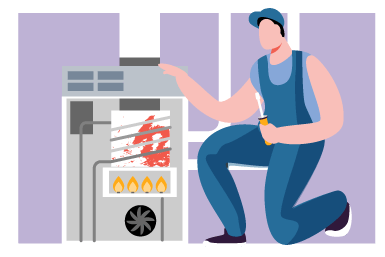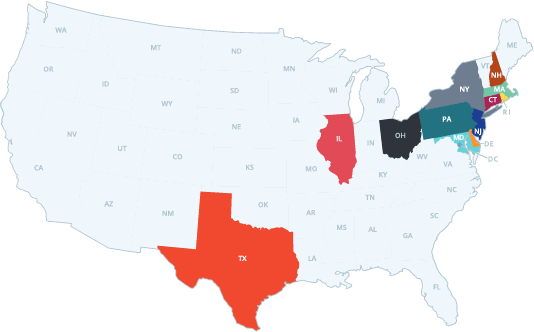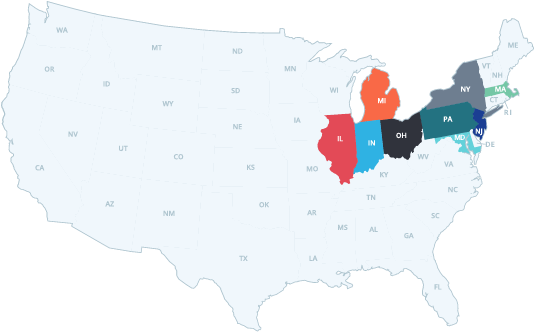Preventing Damage to Your Heat Exchanger
One of the most important parts of HVAC maintenance is ensuring that the heat exchanger is in good condition. A heat exchanger is an essential component of the furnace that funnels harmful gases outside through the flue while collecting heat to distribute through the house via the ductwork.

Heat exchangers don't last forever, however, and once they start to rust or crack, they can allow carbon monoxide and other gases to leak out into the air distribution system, which creates a dangerous and potentially deadly health hazard for your family. Read on to learn more about what causes your heat exchanger to rust or crack, and how to address the damage.
Factors that Damage Your Heat Exchanger
There are a number of ways that your heat exchanger can become damaged or cracked:
- Old Age: Once a furnace is in service long enough, the heat exchanger will eventually crack simply from the built-up stress of metal expanding when heated and shrinking when cooled. If your furnace is more than a decade old, you should pay special attention to verifying that the exchanger is still in good shape.
- Dirty Air Filters: When the air filter gets clogged, the furnace has to work harder to push air through. That means the heat exchanger has to handle more heat than it would under normal conditions, which can cause it to stress and crack. Many furnaces need their air filters changed as often as once a month – check your manufacturer instructions or consult with your HVAC technician about your specific timetable.
What Causes Your Heat Exchanger to Rust
Rust is another common danger to heat exchangers, weakening their structural integrity and allowing dangerous gases to seep out. Rusty heat exchangers can be caused by:
- A Furnace That's Too Big: If your furnace is larger than it needs to be, it can actually heat your home too quickly. This can be a problem because water vapor from the combustion process will accumulate on the inside of the heat exchanger, and if the furnace only runs for a short period of time, the water won't evaporate, causing the exchanger to rust.
- Outside Water Sources: Water dripping from air conditioner evaporators are frequent culprits for rusty heat exchangers, and water can also accumulate from a plumbing leak or if the furnace is located in a damp area of the home. You can help extend the life of your furnace by ensuring there are no water sources nearby that are liable to drip onto the heat exchanger.
- Ineffective Venting: Certain combustion fumes can cause metal to rust if they aren’t vented properly from the furnace. Poor venting poses other health and safety risks as well, so it’s doubly critical to address if that turns out to be the cause of the rust.
A Diagnosis that Can Save Your Life
Carbon monoxide is odorless, colorless and tasteless, and it can cause death before you even realize that it has contaminated your environment. Therefore, it is of critical importance to identify broken heat exchangers before they cause a problem.
If your furnace shuts down at apparently random times, or if the carbon monoxide detector goes off in your home, these may be warning signs. In either event, you need an HVAC technician to come inspect your furnace as soon as possible. There are several ways that the inspector can test the integrity of your heat exchanger:
- A visual inspection to look for any cracks or rusted areas
- A flue gas test that can discover high levels of carbon monoxide or other gases
- Special heat exchanger leak tests using dye, smoke or a camera
How to Remove Rust from a Heat Exchanger
If you are comfortable accessing the parts of the furnace that are rusty, and the damage isn’t too extensive, you can attempt to clean the unit using an appliance brush with steel bristles. You can also use liquid descaler to attempt to remove some of the rust, though be sure to carefully follow the manufacturer instructions for both the furnace and the cleaning solution and make sure the cleaner is appropriate for whatever material the heat exchanger is made of.
Not all damaged heat exchangers are salvageable. Once a heat exchanger has a crack or a hole, it needs to be replaced. This can be an expensive and labor intensive process, so it may be a good opportunity (and more cost-effective) to replace your furnace, particularly if the problem was caused by a furnace that was too big for your home. Look for models with stainless steal heat exchangers to help prevent a repeat appearance of the rust.
Consult with a qualified HVAC technician to verify the condition of your heat exchanger and advise you on the best path forward if yours is already damaged. Scheduling a yearly maintenance inspection for your HVAC equipment can also help rust from building up in the first place.
 CANADA
CANADA USA
USA









